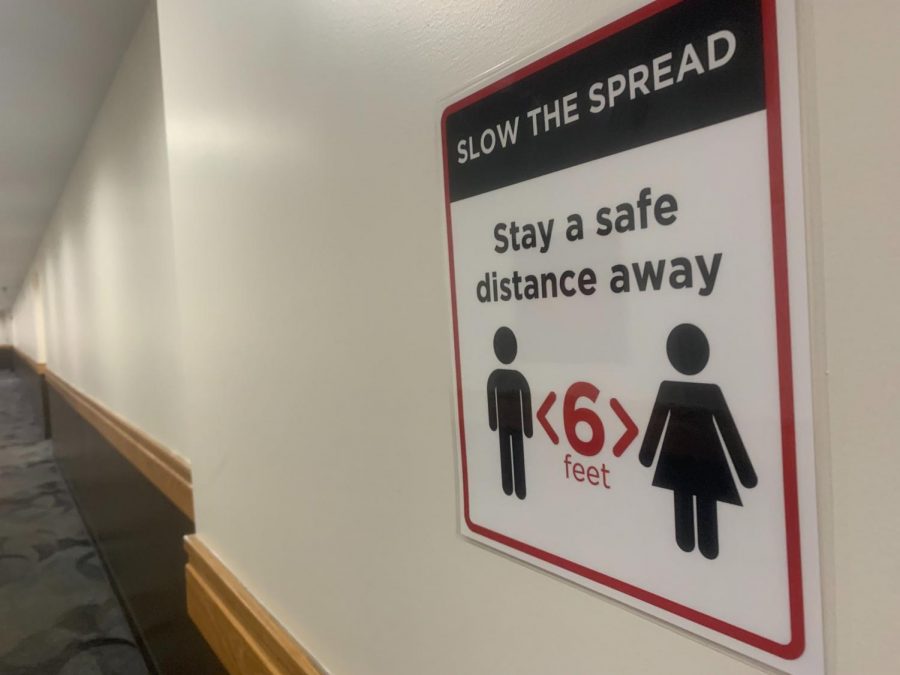As far as college goes these days, the hardest part of attending is not the exams or the papers. Trying to fit in and balancing class with partying isn’t the hardest part either.
Instead, the most difficult challenge for college students today is simply being able to afford it.
Let’s face it, tuition is expensive. And as prices continue to climb each year, it does not look like it is not going to get any better.
Yet there might just be some hope on the horizon.
Congress voted overwhelmingly in July for a huge update of the nation’s higher education law. Dozens of provisions were added, which were aimed mainly at making it easier for students to pay for college.
While the new provisions do not actually impose any cap for raising the price of tuition, they require colleges to give more information about tuition costs.
More importantly, colleges must explain why they are raising prices. This information will then be made available to the public. By doing this, the government is putting additional pressure on colleges to keep their prices low.
The higher education law overhaul also has some adjustments for the Free Application for Federal Student Aid, also known as FAFSA, form. Instead of the old and extremely complicated seven-page form, the updated law proposes a two-page FAFSA-EZ form.
Students who depend on Federal aid to pay for college will benefit greatly from an easier application form. A shorter and simpler form will allows students to get the form in on time more easily and with fewer errors.
At a school like St. John’s, where an overwhelming majority of undergraduate students receive some form of financial aid (94.5 percent in 2007), any effort to simplify the paperwork would make life infinitely easier for students.
Another helpful provision mandates that textbook publishers sell their books individually as well as in bundles. Often, textbooks can only be purchased in expensive bundles that contain supplementary materials that students may
not need.
Of course, any help that students can get to pay their tuition is greatly appreciated, and all of these provisions are a major step in the right direction. However, more could certainly be done.
Knowing which colleges have increased the cost of tuition the most is useful for choosing a college, but it does not do much for students already enrolled, except to see how good or bad their situation is.
Perhaps it could be grounds for students to transfer, though picking up and moving to a new school is in itself a significant undertaking and not without its inconveniences.
If the government were to limit the amount that schools could raise tuition or, better yet, offer grants to those colleges that stay below a certain mark, students could potentially save thousands in educational costs. It would also help in the long run, as tuitions could be kept low for the future.
The changes to the higher education law are by far a positive move by the government that can only help students. Still, the provisions could certainly go farther to cap escalating tuition costs.
If the recent changes to the higher education law are unable to prevent tuition from continuing to rise at the same rate it has for the last decade, more and more students could find the cost of a college education beyond their means.

















